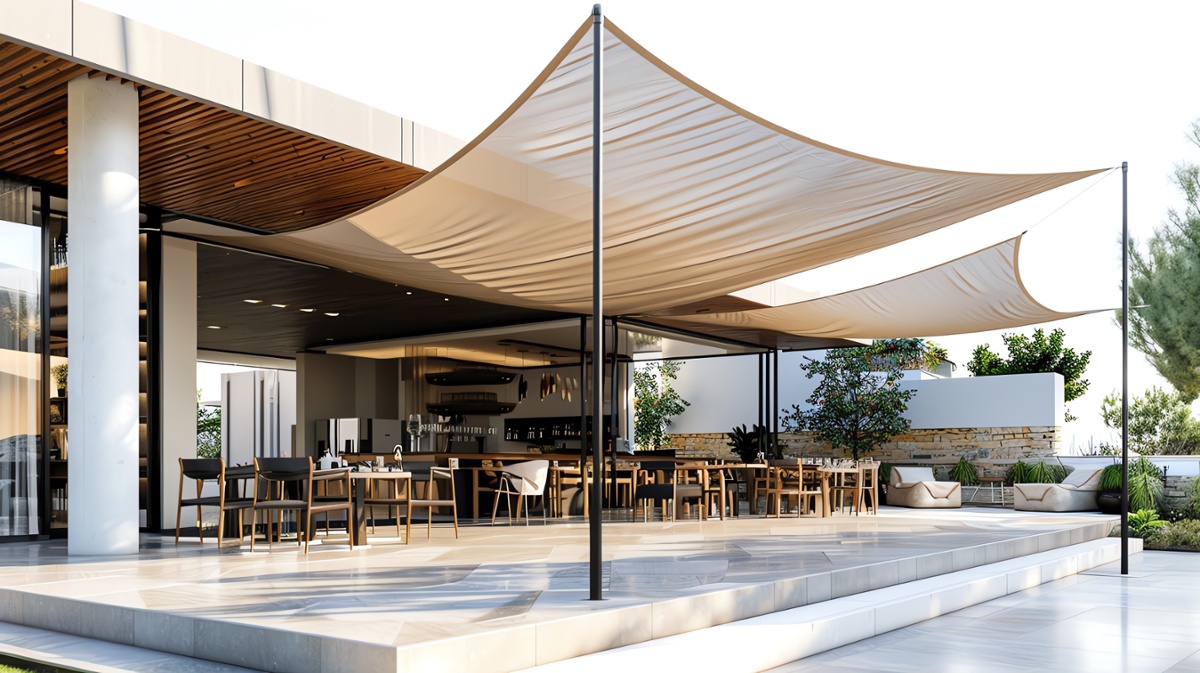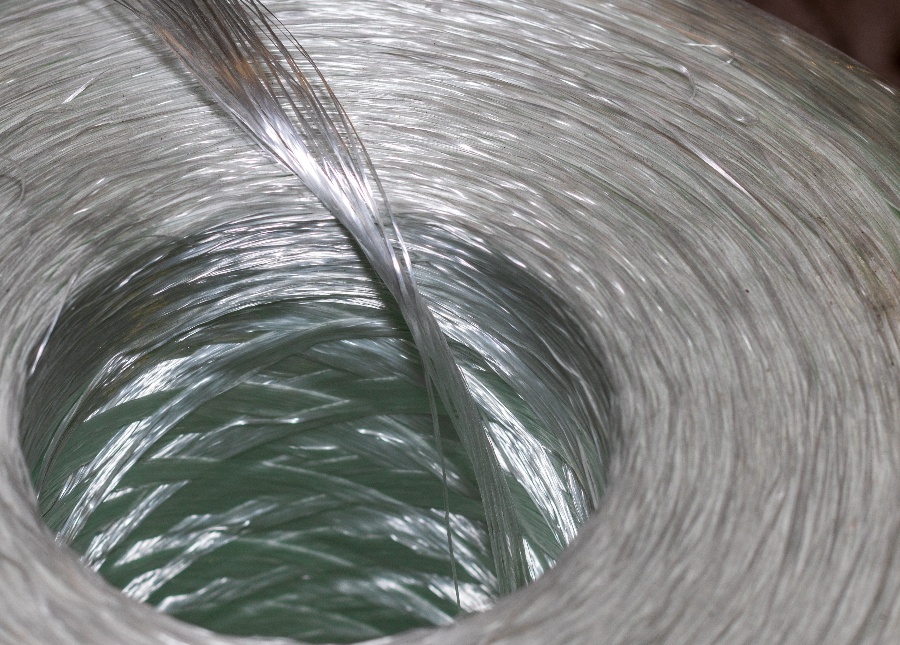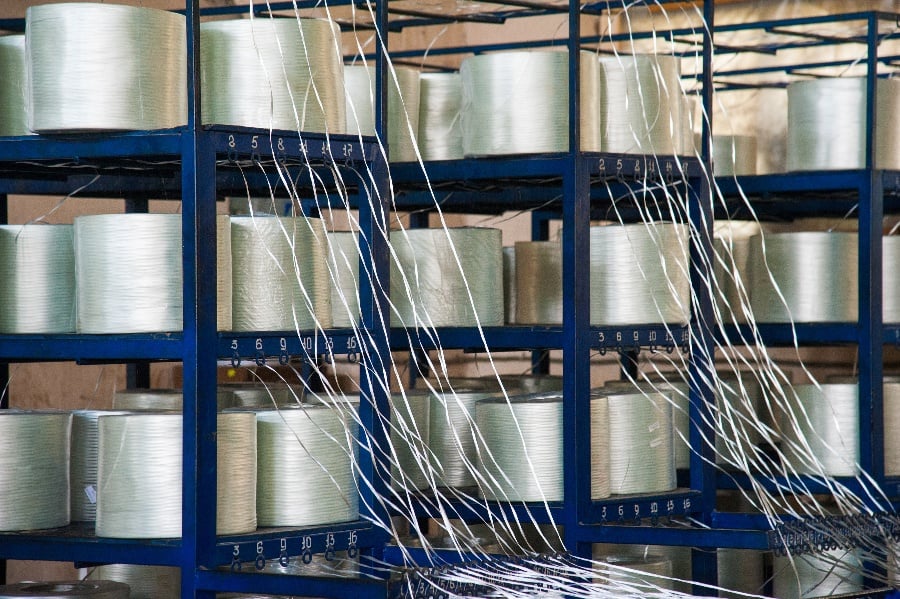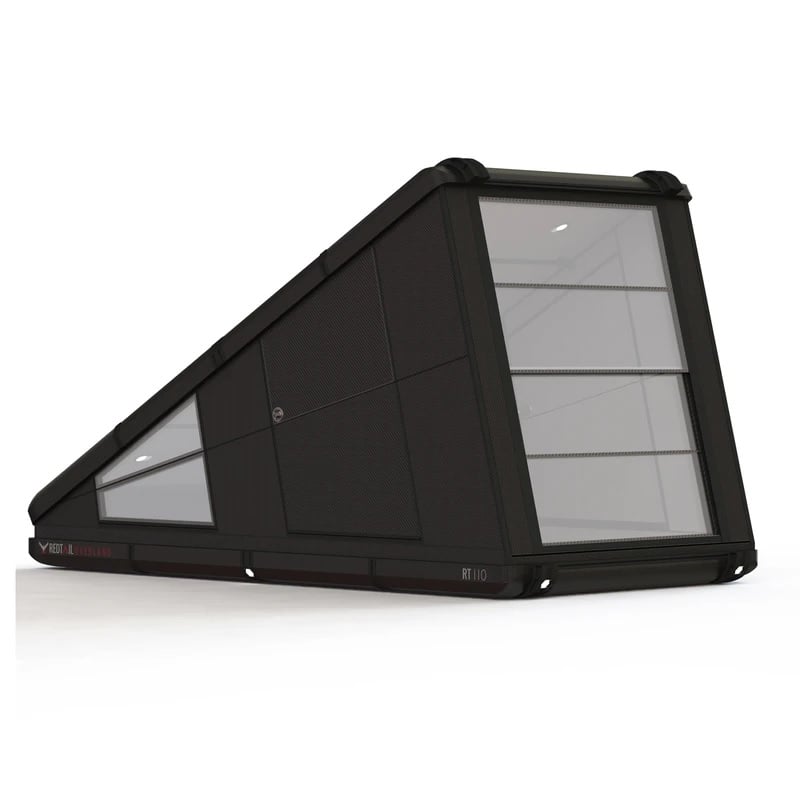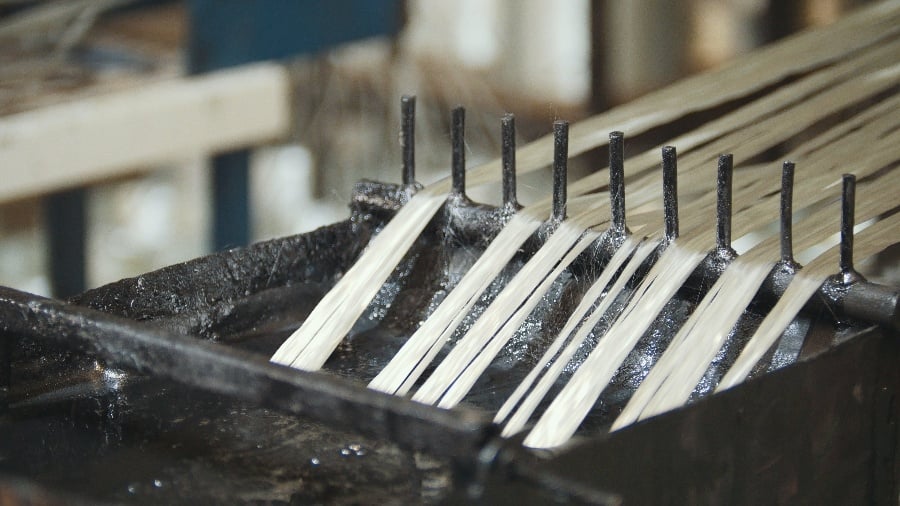
Fiber reinforced plastic (FRP) composites play a crucial part in our daily life. Not only are they in our homes, our cars and workplaces, they also play an integral role in our quest for daily entertainment.
FRPs are currently used in sporting equipment like surfboards, bicycles and golf clubs, as well as electronics like cell phones, laptops, smartwatches and tablets.
In particular, advanced composites like thermoplastics are experiencing rapid growth across all industries with the advanced composites material market expected to reach $5.2 billion by 2022 at a CAGR of 8.0% from 2017 to 2022.
Although FRPs are utilized across a breadth of industries and entertainment devices, their use in consumer electronics, in particular, is revolutionizing entertainment and the way we use technology.
While FRPs have been used for decades in consumer electronics (mainly in printed circuit boards [PCBs]) their application has been limited beyond that.
However, with advancing technologies and rising awareness of thermoplastic composites and their overwhelming benefits, they are rapidly replacing regular materials in electronics and can increasingly be found in most electrical products.
Advanced composites protect mobile electronics like phones, tablets and laptops, keeping them protected while on the move.
Lightweight, thin, strong, scratch resistant, fire retardant and cosmetically appealing, thermoplastic composites are the cost-effective casing solution for the next generation of electronics.
Benefits of Using FRPs in Consumer Electronics
Cost-Effective
One of the main benefits of using thermoplastic FRPs in consumer electronics is their low cost. Composite materials are far more cost-effective than traditional materials as they’re less expensive to manufacture and maintain.
This lowered price gives a significant cost advantage to companies utilizing FRPs and further increases the viability of the product manufactured using these materials.
This is especially salient in consumer electronics when high volumes of product are required without losing quality.
Lightweight
As phones become more streamlined and laptops become lighter, using lightweight, ‘barely there’ materials that don’t sacrifice strength has become a priority in the production of consumer electronics.
Pound for pound, FRPs weigh approximately 30% the weight of aluminum and up to 75% the weight of steel. This lower weight means companies don’t have to sacrifice safety or performance to strict weight constraints.
Thin
Not only are FRPs lightweight and cost-effective, but they also have a small design footprint.
The pultrusion process employed at Tencom allows for tailor-made products to fit any requirements, so FRPs can maintain their strength, durability, and low profile whilst leaving more space for interior elements like batteries, processors and hard drives.
Strong
Electronic casing needs to withstand a range of stresses so it’s imperative that the materials used are exceptionally strong.
Too often, engineers are forced to choose between high strength, low weight, and a streamlined product. Thankfully, with composites, this is no longer an issue.
One of the benefits to using thermoplastic composites in electronic casing is that while they are lightweight and thin, they are far stronger than traditional materials and can easily meet load-deflection requirements, so sacrifices don’t need to be made any longer.
Scratch Resistant
Because consumer electronics are daily use items, they see a significant amount of wear and tear.
To uphold their integrity, it’s important to manufacture products that are scratch resistant and durable in all scenarios, which is where thermoplastic composites come to the fore.
These composites have a natural resistance to handling damages and can withstand extreme conditions, making them the ideal material for the production of consumer electronics.
Fire Retardant
A key safety feature of FRP composites is their fire retardant and heat resistant properties; something of key importance in consumer electronics.
Specialty resins can be used when manufacturing FRPs that meet the specific safety requirements of individual projects, helping keep electronics from overheating and protecting users if electrical faults do occur.
Cosmetically Appealing [or Aesthetically Pleasing]
Not only are the performance properties of materials used in electronic casing important, but it’s also vital they are aesthetically pleasing and conform to design parameters.
Where unusual forms aren’t always possible with traditional materials, FRPs give designers and engineers more creative license to achieve the shapes, colors and concepts they desire.
As the demand for high performance, aesthetically appealing consumer electronics grow, so will the demand for advanced composites like the thermoplastics produced at Tencom that meet the strict requirements of daily use electronics.
Advanced composites protect mobile consumer electronics like phones, tablets and laptops, keeping them protected while on the move and in line with the latest cosmetic trends.
Being cost-effective, aesthetically appealing, lightweight and thin yet strong, scratch resistant and fire retardant, thermoplastic composites are the casing solution for the next generation of electronics.
If you’re unsure how our pultruded products can help you, our team of specialized engineers can provide advice on the specific requirements of your product and assist you in achieving the desired outcome. Just reach out and let us know how we can be of service.



